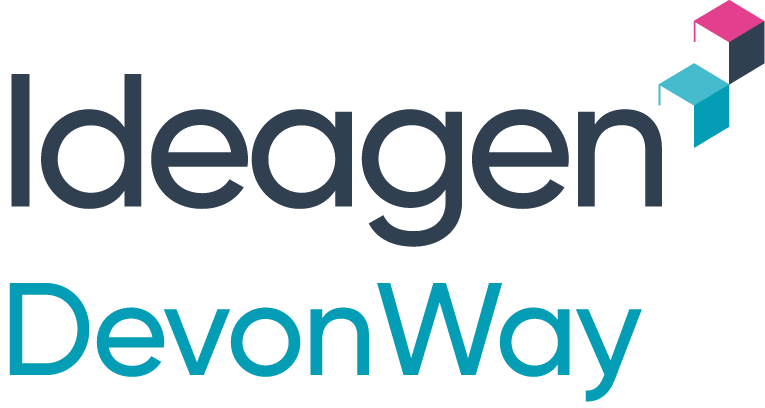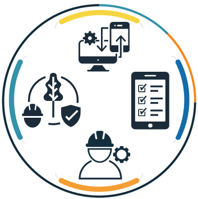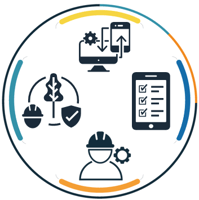In high-risk industries, an organization’s safety management is critical to ensuring operations are safe and efficient – and using a control of work process as part of this plan is key to reaching environmental, health and safety (EHS) goals.
A control of work process formalizes and streamlines safety procedures and reporting to avoid damages to the environment, equipment and, most importantly, the people working there. Ensuring your organization has the right tools to capture and share the right information at the right time will bring any control of work process to the next level.
Why control of work processes matter
Workers who perform maintenance, construction, research or manufacturing tasks in high-risk industries are exposed to industrial or environmental hazards that may lead to incidents like near-misses or even serious injuries and fatalities (SIF).
According to the National Safety Council Injury Facts website, in 2021 there were 5,190 work-related deaths in the United States. Additionally, some 2.6 million nonfatal workplace injuries and illnesses were reported by private industry employers. The leading cause of work-related illnesses and injuries include exposure to harmful substances or environments, followed by overexertion and bodily reaction, and slips, trips and falls.
To avoid SIFs and keep workers safe, employers must identify and control risks, including through a control of work process. These processes – which include risk analysis, procedures and permits to work – are designed to give oversight into operations and, in turn, reduce the likelihood of incidents occurring.
What makes an effective control of work process
A strong control of work process should give employees a line-of-sight across operations and provide information to make proactive decisions to improve safety and efficiency. This starts with providing clear data, documents and updates for everyone who needs it. Examples may include ensuring workers have the qualifications, integrated work documents and other critical information needed to safely and successfully execute procedures.
Overall, a control of work process should follow these key elements that allow workers to:
- Plan the work
- Understand and manage risks
- Monitor and manage the work
- Capture data
- Showcase lessons learned
- Stop unsafe work
A control of work process should work alongside other risk management tools of the organization, and ideally these systems and processes should be easily connected and work together. This process should always be clear to employees and be easy for them to access and engage with.
How to create the most effective control of work process
Like so many facets of operations today, utilizing the power of a specialized software can be the difference between a somewhat-effective control of work process and an excellent one. As put in an article by Power Magazine:
“Software has the power to help transform companies. In this regard, CoW [control of work] software has been shown to directly influence safety culture. This is especially essential in industries like power and utilities.”
Specialized control of work software can provide a macro look across the operations – such as management expectations and procedures – as well as a zoom in to provide specific details about equipment maintenance or recent incidents that occurred. Instead of tracking information through files and spreadsheets, control of work software captures all the information in one location, all in real time.
Control of work processes are enhanced by software not only in the moment, but can improve an organization’s EHS long term. By capturing data all in one place, organizations can gain visibility into trends and potential issues and causes, before accidents and injuries occur.
Every organization wants to make sure its operations are as safe as possible – and reaching that goal requires a modern approach to the control of work process. Utilizing control of work software can help not only avoid near-misses or worse, but also accelerate an operation’s efficiency while making it a safer place to work overall.
How DevonWay can help
To support worker and plant safety, DevonWay released its Work Planning and Control, or Control of Work, product to enhance any DevonWay software suite. By supporting a formal work planning and control process that matches task hazards to relevant controls, the product helps minimize risk while keeping workers safe.
The DevonWay Work Planning and Control solution has five major functional areas made of multiple DevonWay products. Organizations can customize their suite to add on what they need, when they need it, including to support:
- Work task definition and screening
- Work task detailed planning and resource identification
- Risk assessment, permits and scheduling
- Task execution and oversight
- Post-work review, feedback, closure and archive
Learn how you can start utilizing this control of work support by requesting a demo.






